One of my earliest memories, around the age of five, was going to church with my father on Sundays. It was a big event, and I’d be dressed in my “Sunday best” – a pretty dress sewn by my incredibly talented mother, with neatly done hair and shiny shoes with socks. Before we left the…
The History And Meaning Of Church Altar Rail Traditions
The traditions surrounding the church altar rail are rich with history and symbolism. These church altar rail traditions have shaped how worshippers experience communion for centuries, creating a connection between the physical and spiritual. Kneeling at the rail has remained a timeless gesture of devotion and respect, deeply rooted in church practices.
Dressing Up For Sunday Service
One of my earliest memories, around the age of five, was going to church with my father on Sundays. It was a big event, and I’d be dressed in my “Sunday best” – a pretty dress sewn by my incredibly talented mother, with neatly done hair and shiny shoes with socks. Before we left the house, I’d be handed five cents, destined for the collection tray when it was passed around. I’d proudly tuck the coin into my own little handbag. The church in question was St Paul’s Church of England at Pearce’s Corner, Wahroonga, Sydney.
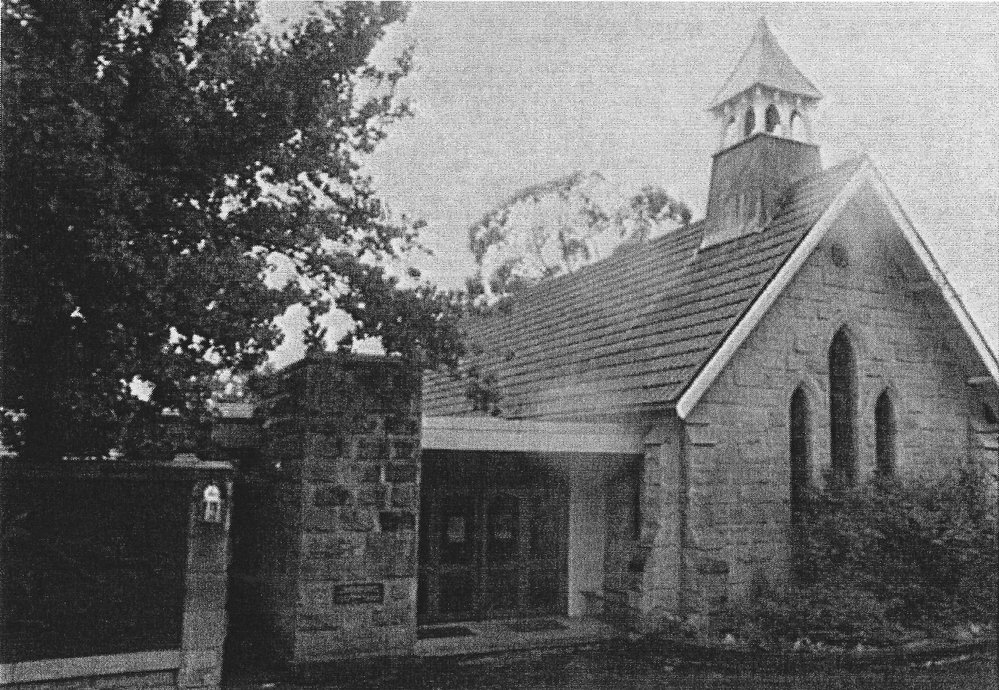
The foundation stone was laid by Bishop Barker in 1879.
(photograph courtesy of Hornsby Shire Recollects)
The Ambitious Five-Year-Old
Back then, it was just a short walk from home to the church – no motorways to cross, and the community even had a corner store not too far away. I remember feeling incredibly important when it came time to put my five cents into the collection tray at church, but my true ambition was much bigger: to be included in the bread and wine ceremony at the altar rail!
My Campaign For Communion
I was nothing if not tenacious, especially when I set my heart on something, and I couldn’t see any earthly reason why I shouldn’t be included in the ceremony. Each time, the priest would pass me by, which I found entirely unacceptable! I’d begin my campaign during our walk to church, pestering Dad about why I couldn’t join in. He would tell me no, and I would argue back. I must have been a real handful!
He explained that children weren’t allowed, but of course, no answer was ever good enough for me. In the end, I reasoned that if the priest wouldn’t include me, surely Dad could share his bread and wine with me. One day, probably just to shut me up, he agreed.

The Big Day At The Altar Rail
Each Sunday, I would accompany Dad to the altar rail, kneeling beside him and the other parishioners as they lined up for the Eucharist. I waited eagerly, this particular Sunday, hoping that this would be the day I’d finally be allowed to partake.
As the moment arrived, I clutched Dad’s hand tightly as we made our way down the aisle, excitement bubbling inside me. We knelt at the altar rail as usual, and I watched as the priest moved down the line, saying to each person as he always did, “Take and eat this…”
A Lesson In Patience
The wine was served from a shiny, metallic goblet (I now know this is called a chalice), wiped clean with a cloth after each sip, and the ‘bread’ – round, white discs, about the size of a 10 cent coin – looked utterly sacred. When Dad’s turn came, he dutifully drank the wine and ate the bread with nary a glance my way.
The altar rail wasn’t the place for arguments, but as soon as the opportunity arose, I’m sure I piped up with, “But you said!”
To this day, I still haven’t tasted Eucharist wine or bread!
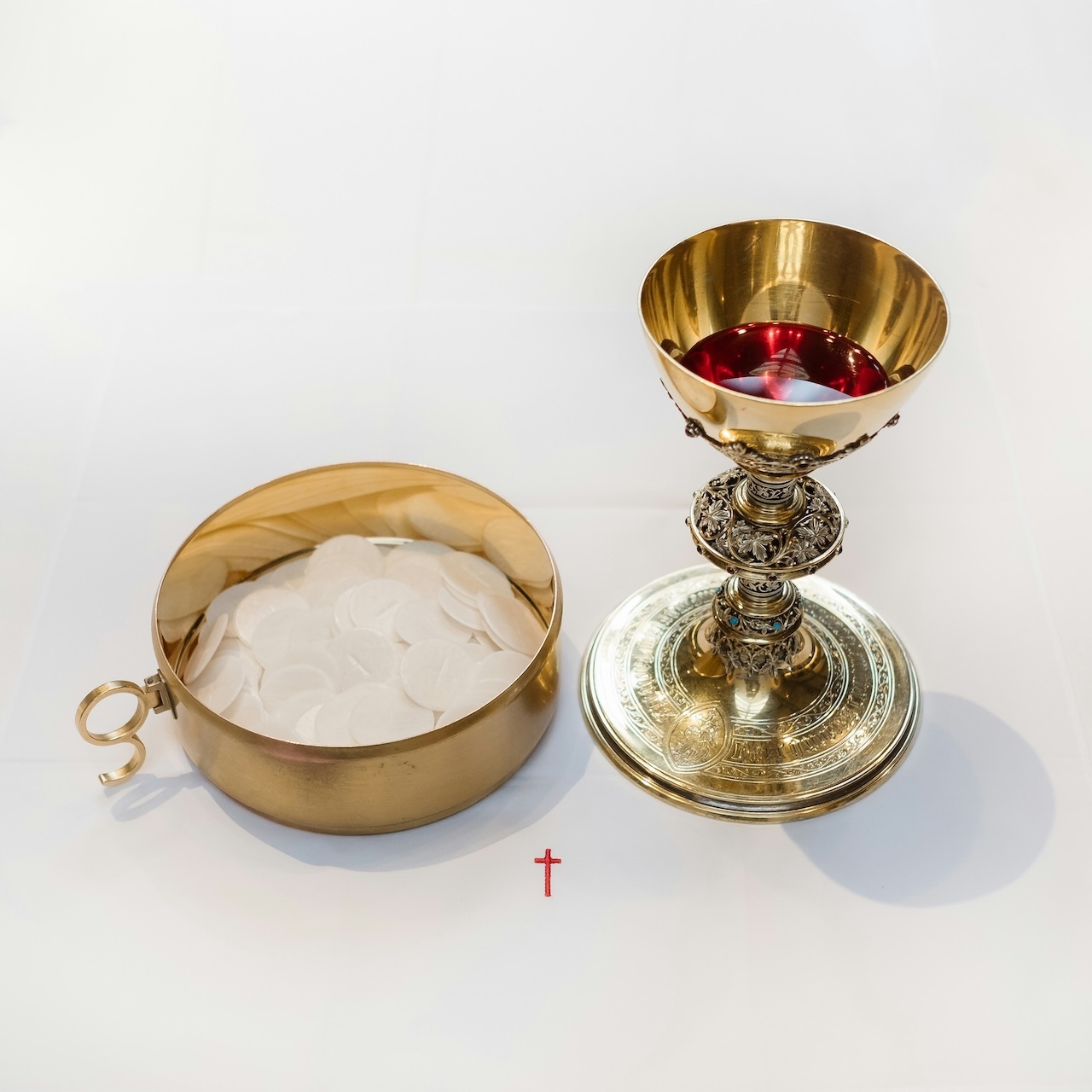
The Role Of Altar Rails In Church Tradition
‘Altar rails’, also known as ‘communion rails’, are low barriers that separate the chancel (the area around the altar) from the nave (the main part of the church where the congregation sits) in many traditional Christian churches. Their primary purpose is to create a distinction between the more sacred altar area and the rest of the church, both physically and symbolically. Altar rails became common in churches during the 16th and 17th centuries, particularly after the Reformation.
They are often constructed of wood, stone, or wrought iron, and may be ornately carved or decorated. Many feature balusters, giving them a distinctive design. Some altar rails include a central gate or opening, known as a ‘rail gate’, which the priest would open during services. This allowed access to the altar while emphasising its separation from the rest of the church.
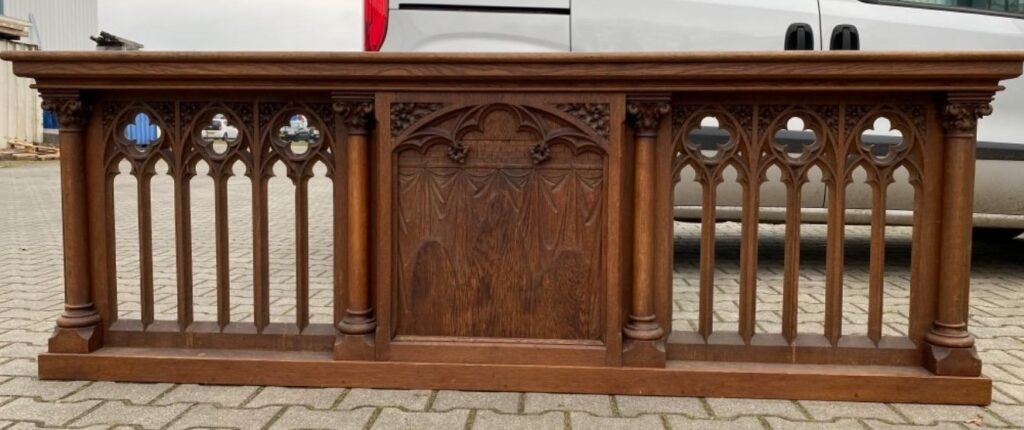
(photograph courtesy of fluminalis.com)
A Place For Communion And Reverence
Just like in my childhood memory, the altar rail serves as a place for receiving the Eucharist (Holy Communion). The congregation approaches the rail, kneels, and receives the sacrament from the priest. Kneeling at the rail represents modesty and devotion, underscoring the sacrament’s significance.
More Than Tradition
Many churches provide a ‘kneeling cushion’ to make the act more comfortable for congregants. Kneeling at the altar rail has long been a gesture of humility and reverence, whether in a grand cathedral or a simple country church. But it’s more than just tradition – it’s a way to engage deeply in prayer, to express our hopes, and to surrender to a higher power.
Kneeling at the rail helps us slow down, find focus, and embrace stillness, reminding us that we’re not always in control. And when a community kneels together, it creates a sense of unity and shared purpose. While some might see it as an outdated ritual, there’s still a quiet strength in this practice. It’s not about rules or appearances – it’s about opening our hearts to something greater.
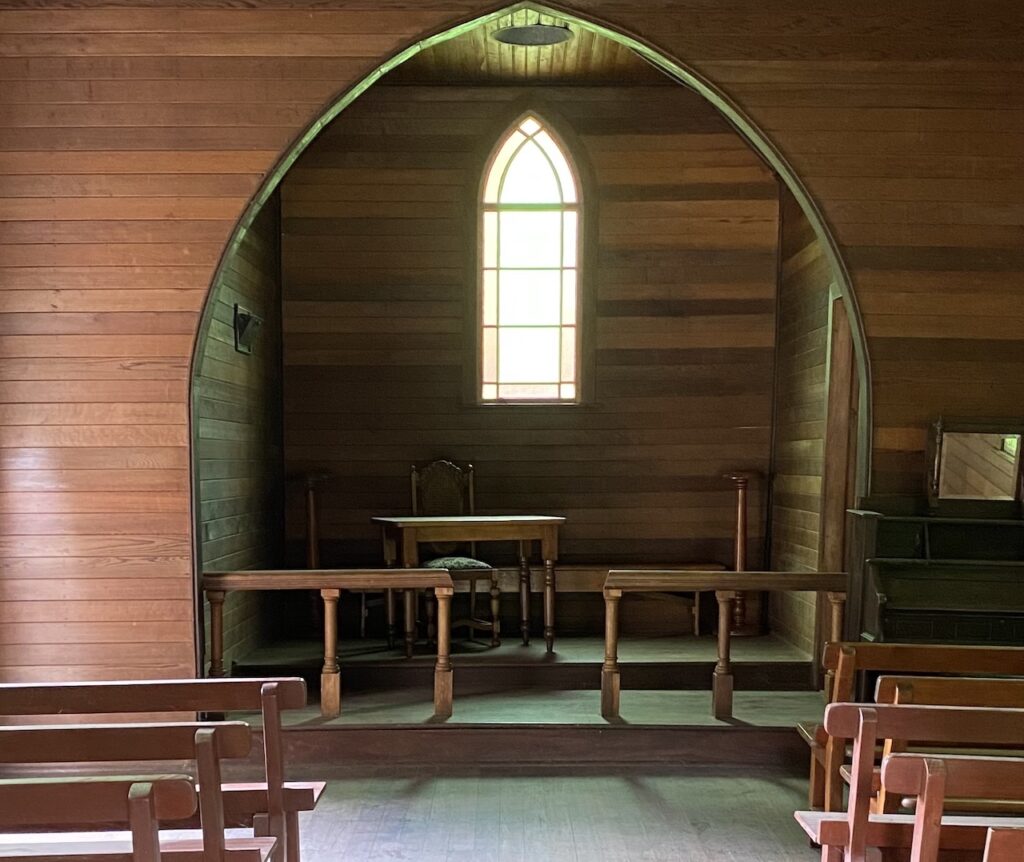
St. Clement’s Special Altar Rail
St Clement’s own altar rail, though small in stature, was clearly designed to be special. Made of prized walnut wood -heavy, rich in colour, and fine-grained – it’s a piece worth treasuring. When one ponders the many times people of yesteryear, both young and old, knelt before it, it is truly an antique artefact to cherish.
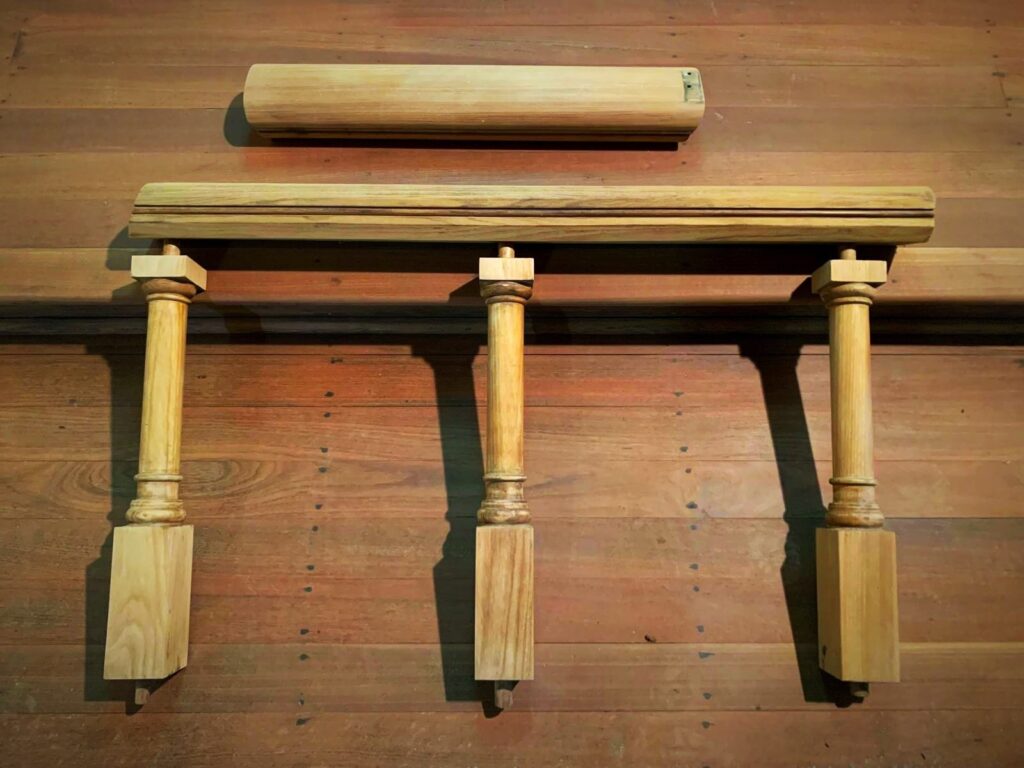
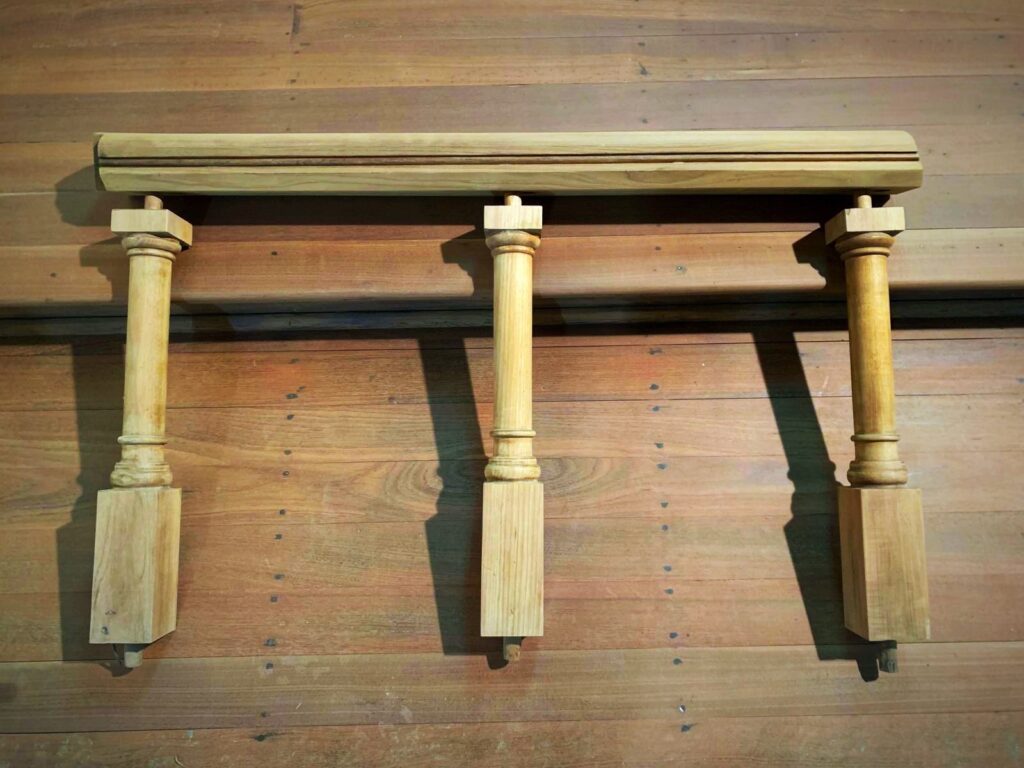
Memories Of Communion At St. Clement’s
Reverend George Austin Rigby, the final priest at St Clement’s Church before it was deconsecrated as a place of worship in March 1971, made notes in the Register of Services book as to the type of service he was conducting on any given Sunday. His notes included Holy Communion, Family Eucharist, as well as Evensong and Devotions.
‘Family Eucharist’ conjures up images of children being included in the ceremony. Perhaps if I had been a resident of Eurobin in 1971, instead of Wahroonga, I might have actually been handed my own morsel of bread to solemnly eat!
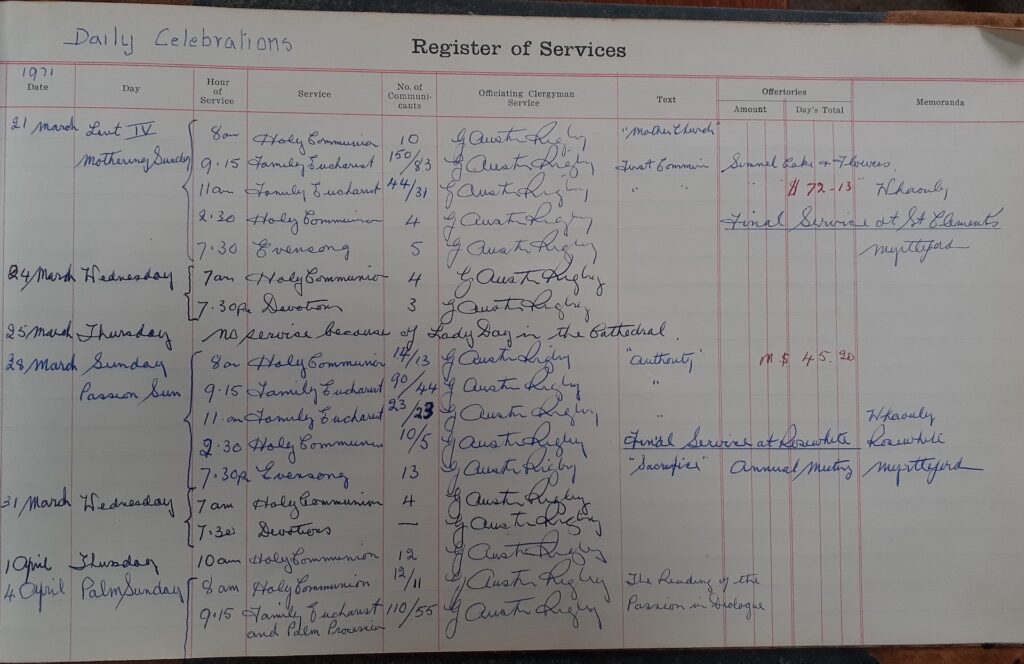
(Photo courtesy of Alpine Anglican Parish)

Comments +